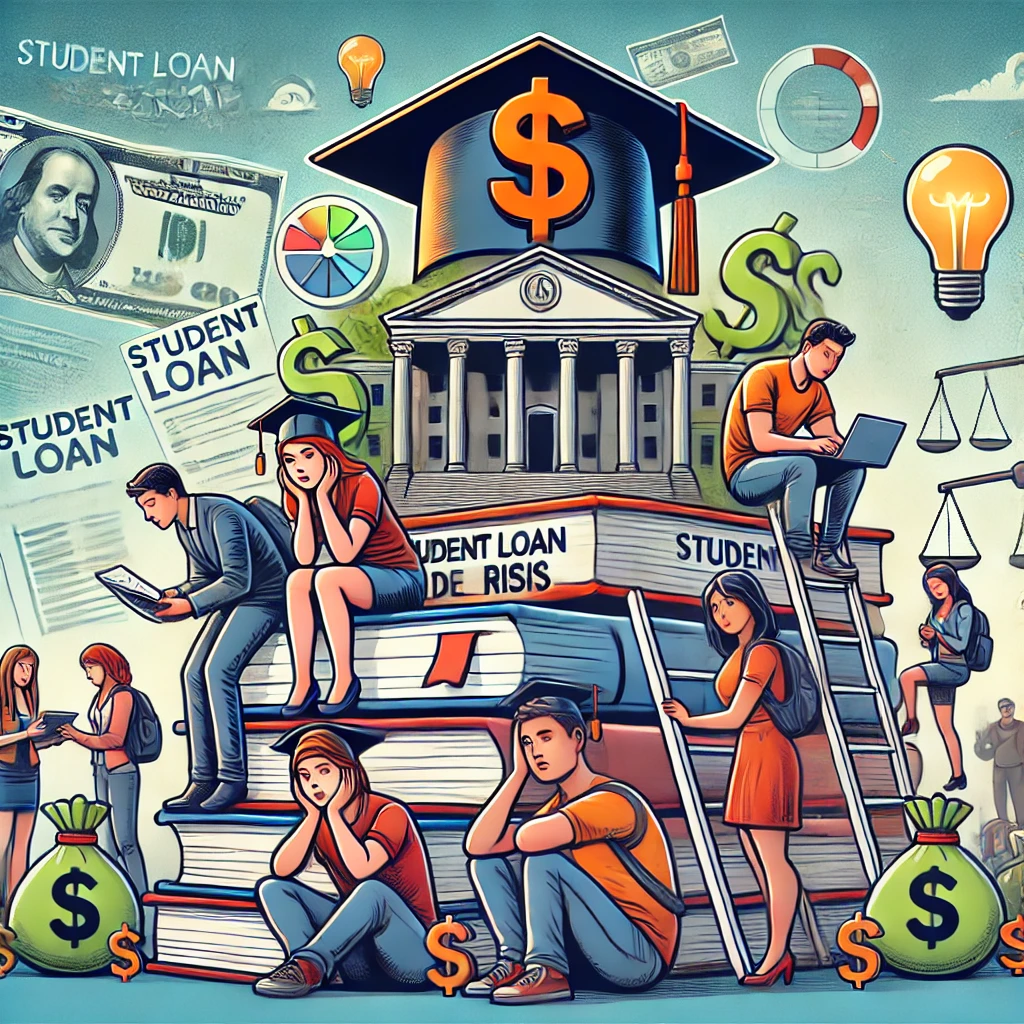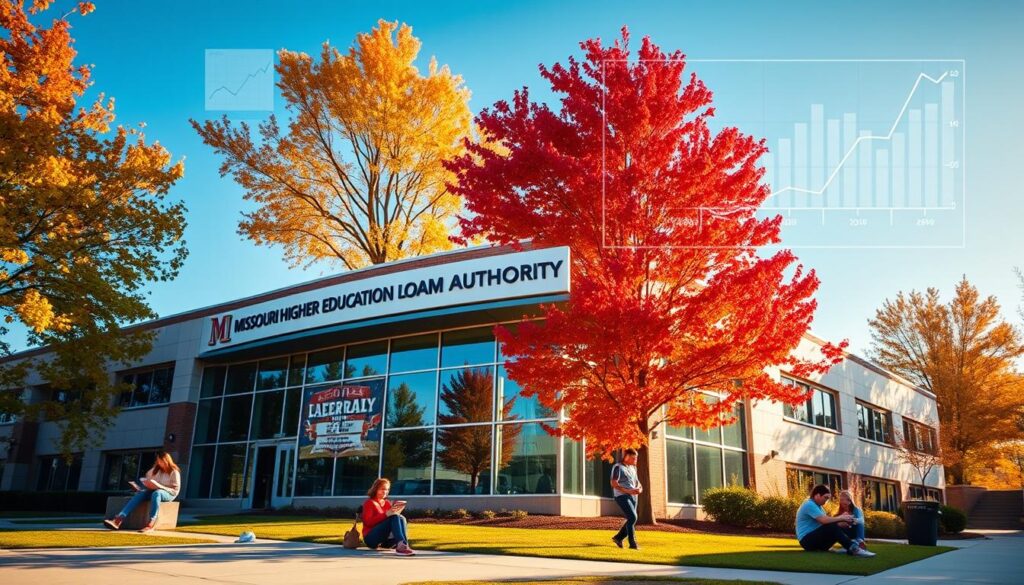
The student loan crisis in the United States is a big financial problem for millions. It affects not just the borrowers but also the whole economy. As college costs keep going up, more students need loans to pay for school. This leads to more debt for everyone.
In this blog, we’ll look at why this crisis exists, its effects, and possible ways to fix it in the USA.
The Causes of the Student Loan Crisis
- Tuition costs have skyrocketed over the years. Tuition at both public and private colleges has gone up much faster than inflation and wages. This means students have to take out bigger loans to afford school.
- Less state money for colleges has led to higher tuition. Public universities raise their prices to make up for the lost state funding. This puts more of the financial burden on students and their families, making them rely more on loans.
- For-profit colleges also play a role in the crisis. These colleges often charge more and have lower graduation rates. Students at these schools take on a lot of debt but struggle to find jobs to pay it back.
- Many students and families don’t understand their loan terms. Lack of financial knowledge can lead to borrowing too much or getting loans with bad terms. This makes it harder to pay back the loans.
- High interest rates on federal student loans add to the problem. These rates are higher than other types of debt, like mortgages or car loans. This means borrowers pay more in interest over time, increasing their total debt.
The Effects of the Student Loan Crisis
- High student debt delays important life events. Young adults often can’t afford to buy homes, get married, or start families because of their debt. This delay affects the economy, especially in real estate and consumer goods.
- The stress of student debt can harm mental health. Borrowers worry about repaying their loans and managing their finances. This stress can affect their mental well-being.
- Student debt can influence career choices. Some graduates choose high-paying jobs that aren’t their dream careers just to manage their debt. This can lead to job dissatisfaction and underemployment.
- The crisis hits low-income students and students of color hard. It worsens economic inequalities. Those already facing challenges struggle more with debt, trapping them in a cycle of poverty and limiting their economic opportunities.
Potential Solutions to the Student Loan Crisis
- Making community college free or increasing grants for low-income students could help. This would reduce the need for loans. Lower education costs mean students borrow less, decreasing their debt.
- Improving income-driven repayment plans can make loan payments more manageable. These plans adjust payments based on income, helping those with lower earnings.
- Student loan forgiveness programs are gaining support. They could wipe out or reduce debt for millions. Targeted forgiveness for certain professions, like teachers or healthcare workers, could help those in high-need areas.
- Lowering interest rates on federal student loans would help borrowers pay down their principal faster. This could be done through laws or by offering refinancing at lower rates.
- Teaching financial literacy about student loans in high school can help. Understanding loan terms, budgeting, and the long-term effects of debt can help students borrow more wisely.

